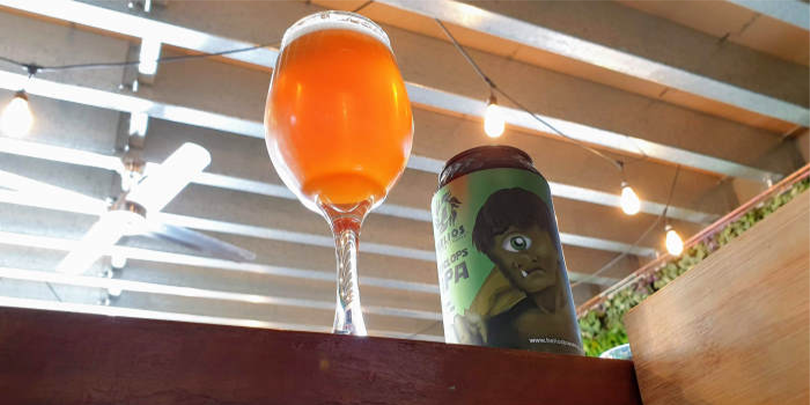
Navigating the challenges of recipe changes

Changing a recipe is a path that many breweries choose, especially as the market evolves with consumer tastes, or because of ingredient shortages, a decline in sales or brand evolution.
Choosing to change a recipe can provide opportunities for breweries as they adapt and evolve but it also presents various challenges that can determine how successful the change is in the long run.
When Carlton & United Breweries changed the recipe for Victoria Bitter in 2009, it reduced the abv of its flagship beer to 4.6 per cent – allegedly to decrease excise tax. The new changes, however, led to huge backlash from consumers over the taste of the new version, and forced the company to revert VB back to its original full-strength recipe in 2012.
In a very different situation, Victoria’s Matilda Bay also trialled recipe changes after Phil Sexton returned to the brewery in 2019. Redback, Alpha Pale Ale and Dogbolter were all revamped as part of the company’s aim to evolve with a changing market.
“If I’d been running Matilda Bay right through from 1990 to today, those original beers would have changed and evolved, because we’d be doing all that was core to Matilda Bay – experimenting, adapting, changing with the times,” Sexton said in a press release.
In a similar vein, Asahi recently announced a new recipe for its Super Dry. It was the first time the recipe had been changed since the beer’s launch and as the company explained, the move is aimed to modernise the beer.
But these instances have shown that recipe changes, for whatever reason, can be fraught with reputational and marketing difficulties as customers grapple with the changes.
Helios tweaks Cyclops
Recently, Helios Brewing has tweaked the recipe for one of its flagship beers.
In a video, head brewer Charlie Hodgson explained the new changes to the brewery’s Cyclops IPA and said the ingredients stayed the same, but the balance has been tweaked with the three-way hop blend of Cashmere, Amarillo and Simcoe hops.
The bitterness, grist structure and hop levels still remain the same, he said, but the balance has been shifted in a move Hodgson describes as “more of a procedural thing”.
The choice was also made to move from Amarillo tropical expression to traditional Amarillo which has brought citrus and orange aromas to the beer.
As for why the new changes were brought in, Hodgson told Brews News that it was a way to appease himself as he believed he could improve upon the original recipe.
“We didn’t have a core IPA for the first few years and it was important to make some noise on release and get it into convos very quickly. Although spoken of well, to me it’s fallen short,” he said.
“I guess coming from designing Copy Cat many moons ago, I had big expectations of being able to do it again and was not going to settle for good.”
While changing the recipe was Hodgson’s choice, he also said that customer tastes shouldn’t be underestimated.
“Customers are becoming much more aware of what better or high-quality fresh beer is and the quality of beer in the market is an absolute win for them,” Hodgson explained.
While the risks are there, it’s hard to predict how consumers will react, as Hodgson explained.
“I guess I’ve just got to back myself and my longevity in the industry along with my judging experience that I can deliver what they want and expect.
“I figure if myself and Adsy [Adam Schell] love it, and are excited about where we are driving it then, if you build it they will come.”
While Hodgson described himself as “an old-school brewer”, he also emphasised the importance of evolving.
“It’s very important to us to honour brewing tradition and history. We do need to jump on bandwagons from time to time and will, if we believe they have merit and longevity.”
Hear more about Helios Brewing Company on the Beer is a Conversation podcast with Charlie Hodgson.



